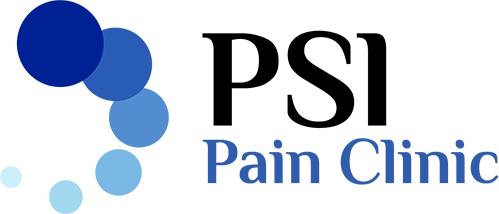The building blocks of the spine are the vertebrae; the vertebrae are held together by the ligaments. Between the vertebrae, there are intervertebral discs that function as shock absorbers in the spine. Muscles are responsible for movement. The integrity of each element is crucial for proper biomechanics. If one is injured, the others compensate for a while, but eventually, spinal degeneration begins. Initially, symptoms are usually absent, but over time, complaints emerge depending on the stress the spine undergoes.

Spinal problems can arise from accidents or improper movements, but more commonly, they develop slowly due to repeated microtrauma, overuse, chronic poor posture, or connective tissue weakness. It’s common for a person’s lower back to ache intermittently for years, and since it improves after a few days, they may not pay much attention. Meanwhile, instability continues to increase. The patient may also experience myofascial (muscle-origin) pain with sensitive muscle bundles and knots, usually not very bothersome and somewhat relieved by massage and exercise.
Later on, as the spine as a biomechanical unit weakens, discogenic (disc-origin) pain, radicular (radiating to the leg or arm) pain, facet (facet joint) pain, or sacroiliac (sacroiliac joint) pain may develop.


